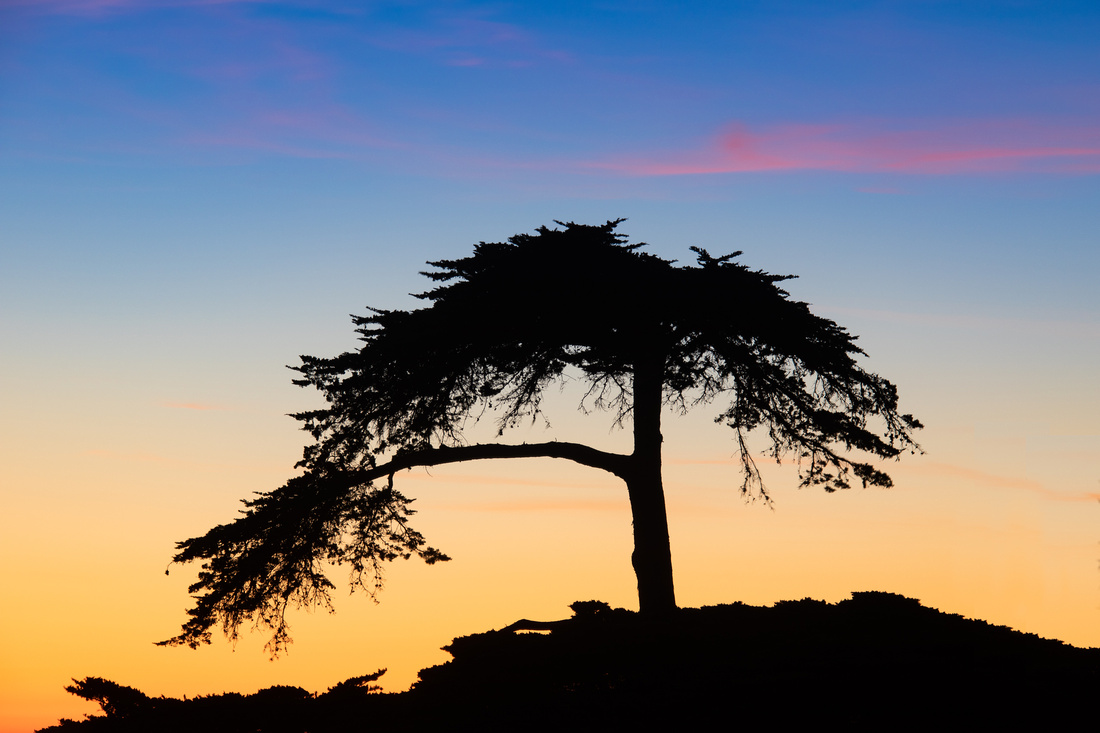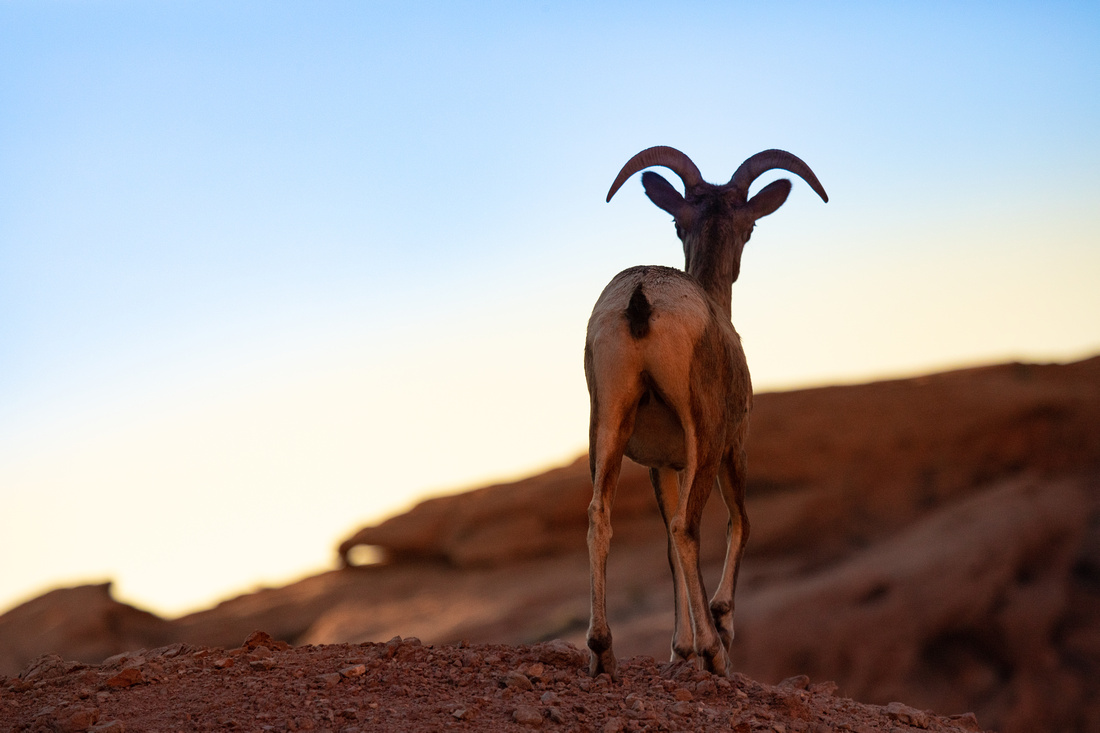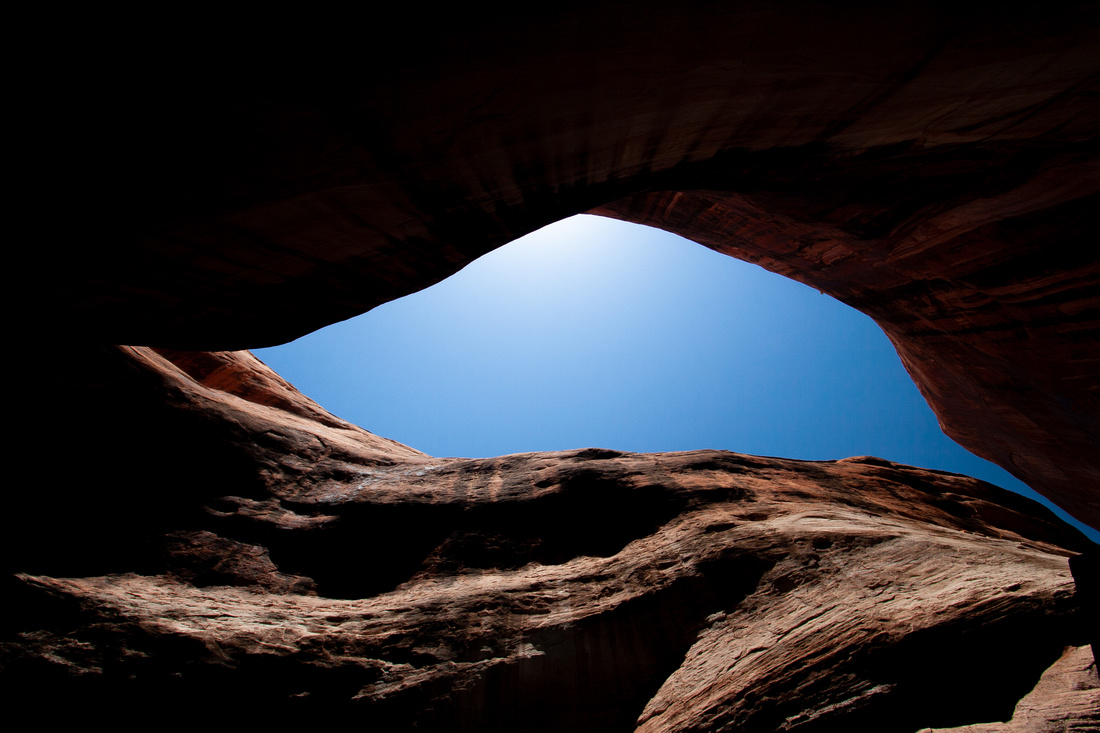Creating contrast: silhouettes in nature
Creating Contrast: Silhouettes in Nature
Text and photos by Heather Cline
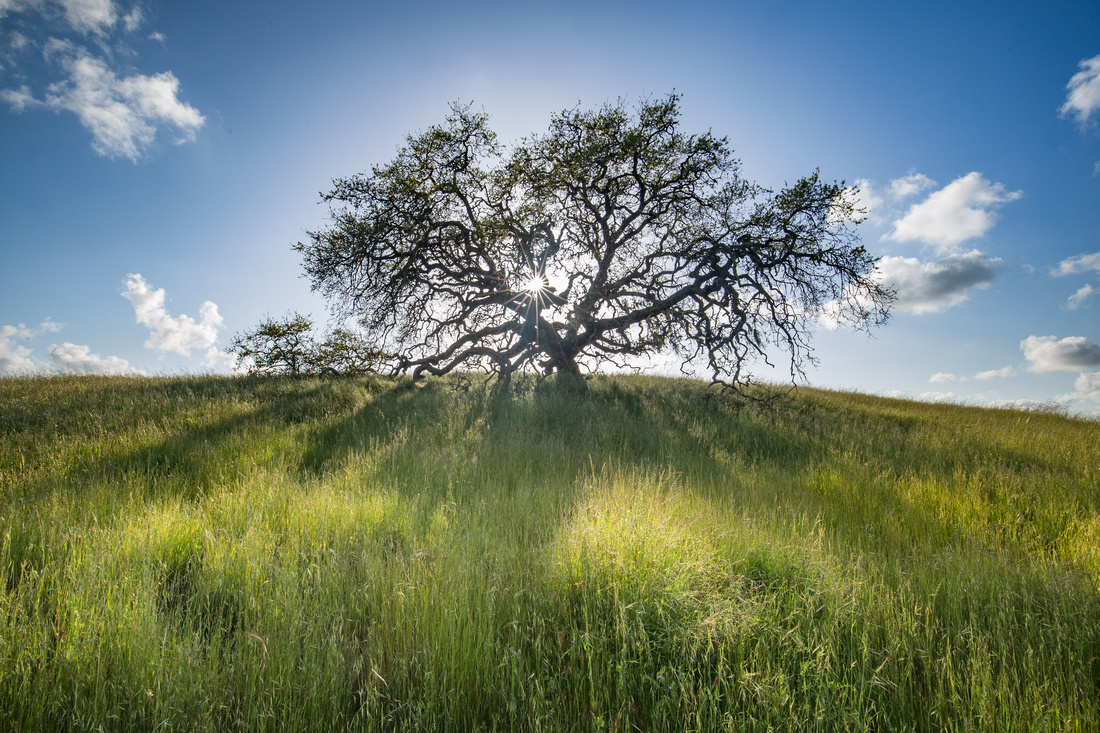 
Oak tree backlit in late afternoon |
Silhouette photography is simplicity at it's best. With no color or detail to define the subject, the shape and outline become the most important element of the photograph. Employing a simple shape allows the viewer to fill in the details with their imagination.
Types of Silhouettes
- No detail: This type of silhouette lacks any detail in the subject, so the outline is what really matters. The success of this type requires the shape of the subject be recognizable to the viewer. Something that is universally familiar like a palm tree, a bird, or a well known skyline.
- Partial detail: This type of silhouette will contain some detail, either in the shadows or a select part of the subject.
- Reverse Silhouettes: These types of photos have the majority of the image in shadow with a small section of light. These aren't as common but can be an interesting way to convey what a place is like, such as a slot canyon.
Silhouettes as a Compositional Approach
Two key components for creating a successful silhouette are the outline of the subject and the quality of the background. The subject's shape should be clean, simple, and uncluttered. The background must be brighter than the subject. Dawn or dusk, with the light placed behind the subject, is a great time to capture silhouettes because of the low angle of light and the chance of saturated color.
Compositional rules still apply when creating silhouettes. Rule of thirds, Rule of odds, Negative Space, and Leading Lines are all examples of compositional rule to keep in mind when photographing silhouettes.
It is also a good idea to shoot with a variety of focal lengths to capture tightly composed details as well as photos that include the surrounding environment to help tell the story.
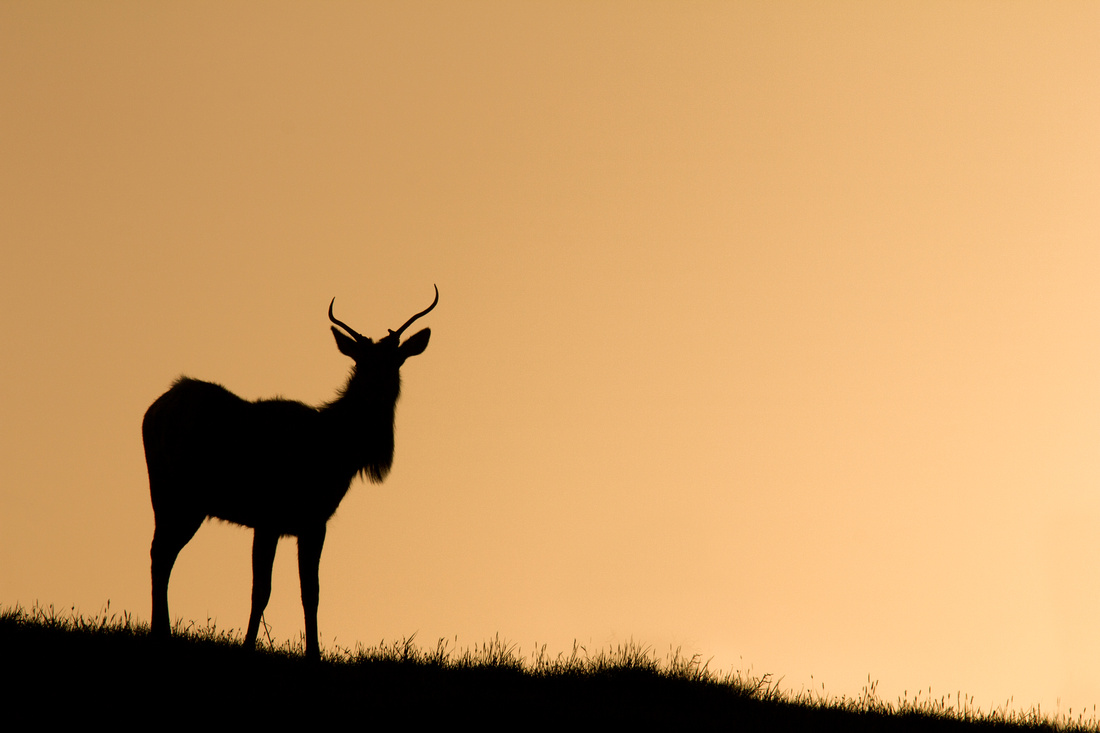 
Photo title, description, location, and/or details |
How to Expose for Silhouettes
When creating a silhouette, you want the subject to fall into a shadow or complete blackness, and in order to do that you need to expose for the background. This is also a good time to bracket exposures as a insurance policy, with a minimum of three exposures in 1 stop increments.
I have gotten in the habit of adjusting the color valance in my camera when I am shooting at the edges of the day. While you can make these adjustments in post processing, it's always nice to get the best possible capture in the field. Setting your white balance to cloudy or shade can really help warm up the light of sunrise or sunset.
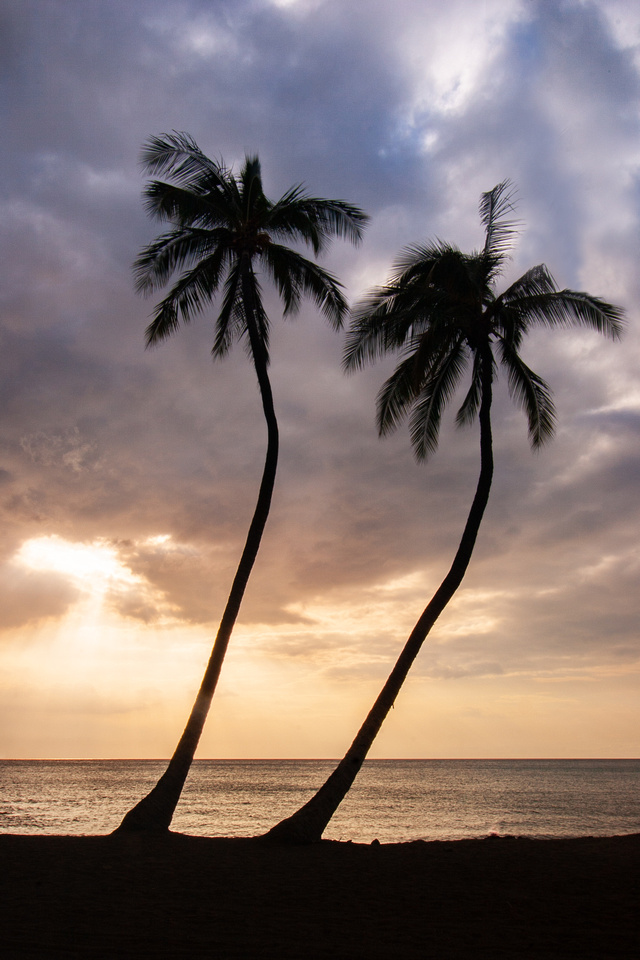 
Palms at sunset |
Post Processing for Silhouettes
I shoot in RAW and recommend that to anyone who is serious about photography. This will allow you to pull out more details in post process if needed. Pulling down the shadows or black point can help ensure your subject lacks detail and the outline is left to shine. You can, of course, adjust color balance here as well.
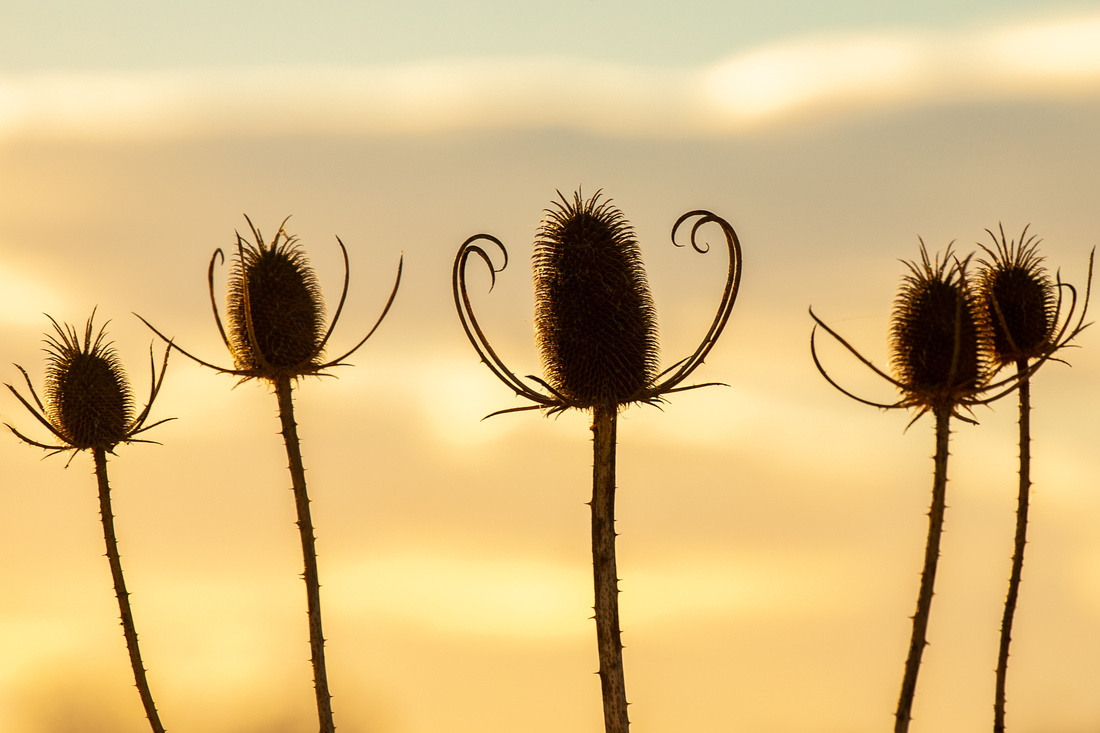 
Thistles at sunrise |
Silhouettes can be used to reduce complex subjects to their basic shape which is distinctive enough to identify the subject without additional detail. It is a simple but powerful tool for creating exciting images. I hope this article has provided some valuable information for creating your best silhouettes. To see more examples of silhouettes in nature, check out my gallery here.
